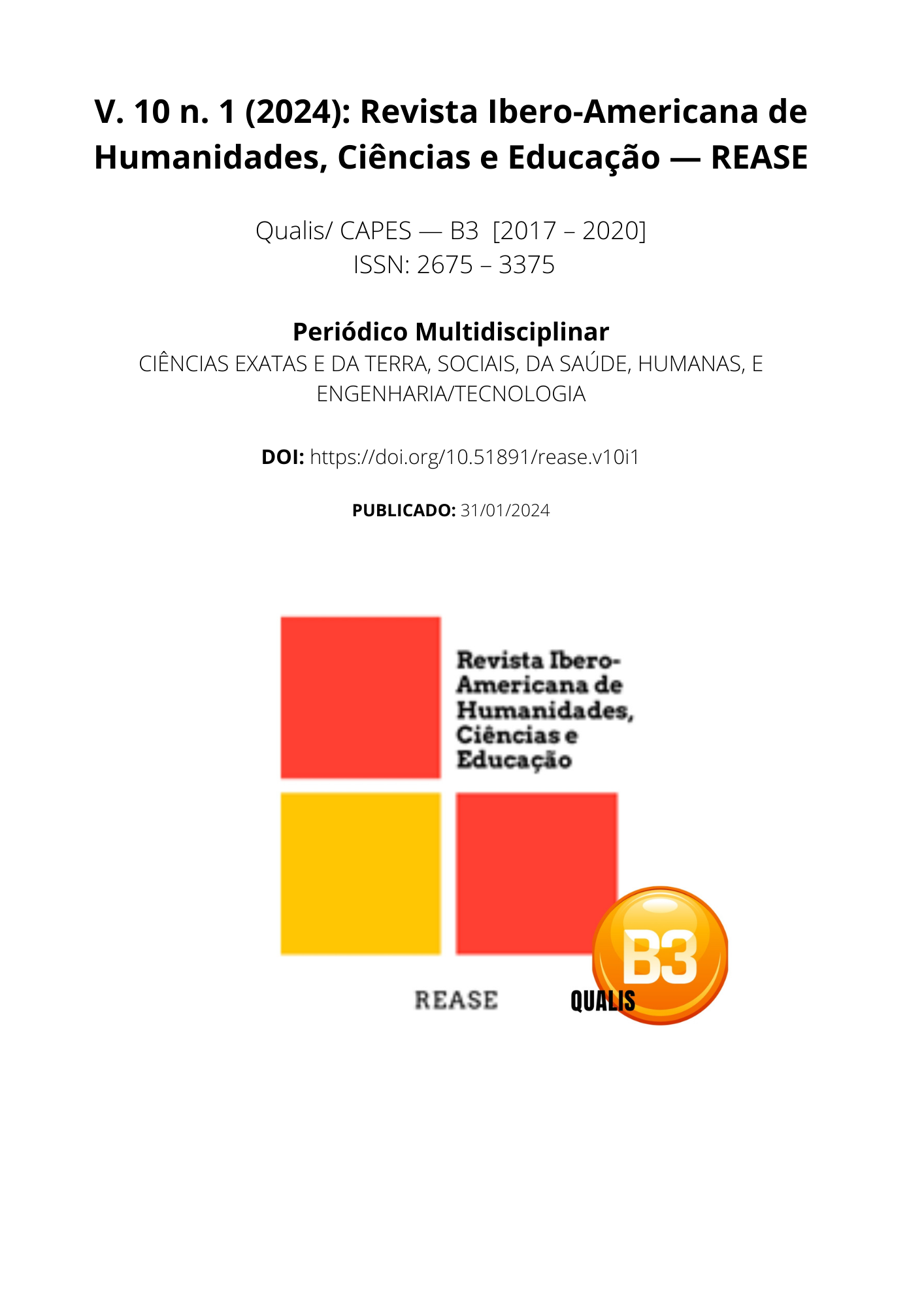GABAPENTIN AND ALCOHOL WITHDRAWAL: AN INTEGRATIVE REVIEW
DOI:
https://doi.org/10.51891/rease.v10i1.13031Keywords:
Gabapentin. Alcohol consumption disorder. Efficacy.Abstract
Objective: To evaluate the effectiveness of gabapentin in the control of alcohol consumption disorder in adult patients. Methods: This is a study with a qualitative approach, through an integrative literature review, in which the databases used were: PubMed, Directory of Open Access Journals (DOAJ) and Virtual Health Library (VHL). The descriptors chosen, mediated by the Boolean operator “AND”, to search for articles on the platforms were “efficacy”, “gabapentin” and “alcohol use disorder”. Results: 18 articles were selected. Of these, 2 studies did not reach statistical feasibility. The remaining studies pointed to gabapentin being able to reduce the withdrawal syndrome and aid in the cessation of alcoholism. Final considerations: Gabapentin is an effective and safe drug in controlling the signs of alcohol withdrawal syndrome. The results indicate that in addition to alleviating abstinence, its use was associated with a reduction in alcohol consumption.
Downloads
Downloads
Published
How to Cite
Issue
Section
Categories
License
Atribuição CC BY

